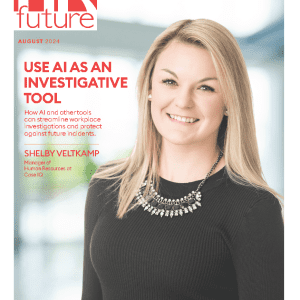Creating a safety culture in the workplace is crucial. Adhering to requirements and regulations is a chief responsibility of business owners and directors everywhere. Without it, workers are exposed to significant risks, can become injured and sue for compensation. If your workers have to recover following an accident, your business development plans will stagnate. Moreover, customers who become aware that you don’t prioritize ethical practices are less likely to trust you and want to purchase from you.
That begs the question, what can you do to guarantee your business is up to standards and doesn’t fall short of any requirements? Here are some of the essential aspects.
Be aware of the risks
When approaching workplace safety, the best mindset is to try to prevent accidents as much as feasible. While some incidents cannot be avoided, and there’s a certain degree of risk associated with any job, it’s worth remembering that many risks can be easily avoided if the proper measures are set in place.
In order to solve problems, however, you must first establish what they are. Conduct a thorough assessment of all work areas and determine what works great and what doesn’t. There are bound to be things that can be improved. To get a more extensive view, you should consult with your employees. Their expertise is the most important, considering they’re the ones operating systems and machinery on a daily basis and certainly have input to share on what could be improved.
Create a plan
After establishing the problems, it’s time to move on to finding the right solutions to solve them. Use a workplace assessment template to help you control the risk of injury and promote direct action. To create a safety culture at work, you must be prepared to review controls and modify them as you see fit. You can’t just settle on a single plan and expect you won’t have to make constant adjustments. New risks can become a problem as your business expands, while others might change or even disappear entirely. You must document all these variations and adjust security measures as it is necessary.
There’s a workplace inspection checklist template available for any requirements you might have, as it’s not a one-size-fits-all situation. For instance, if you’re looking for an audit checklist, you must choose a solution that permits you to verify how well the 5S principles apply. For office spaces, you require a template that inspects the order and cleanliness of the areas, while in the case of warehousing, the focus shifts to checking for the safety of electrical panels, forklifts and stock rotation.
Maintain cleanliness
Keeping the office orderly is a prerequisite for safety. Messy workplaces signal a heightened risk for injury. Ensure boxes are adequately stacked, and all spills are cleaned up quickly. Waste should be properly disposed of, and the drainage system must be in perfect working order. The walls, ceilings, floors and furnishings must also be up to hygiene standards, as mildew, dust and grime can be causative factors of disease.
A comfortable space
Comfort is one of the most important things that shouldn’t be missing in the workplace. Having to perform tasks in disagreeable conditions can impact work performance and heighten anxiety levels. Proper ventilation, pleasant temperature and humidity levels, as well as sufficient space to accommodate workstations and seating, should all be part of your workplace safety strategy.
When you take safety concerns to heart, you must provide your employees with all the necessary measures to promote good health and welfare. And this is a primary responsibility you must fulfill as an employer.
HR Future Staff Writer

























